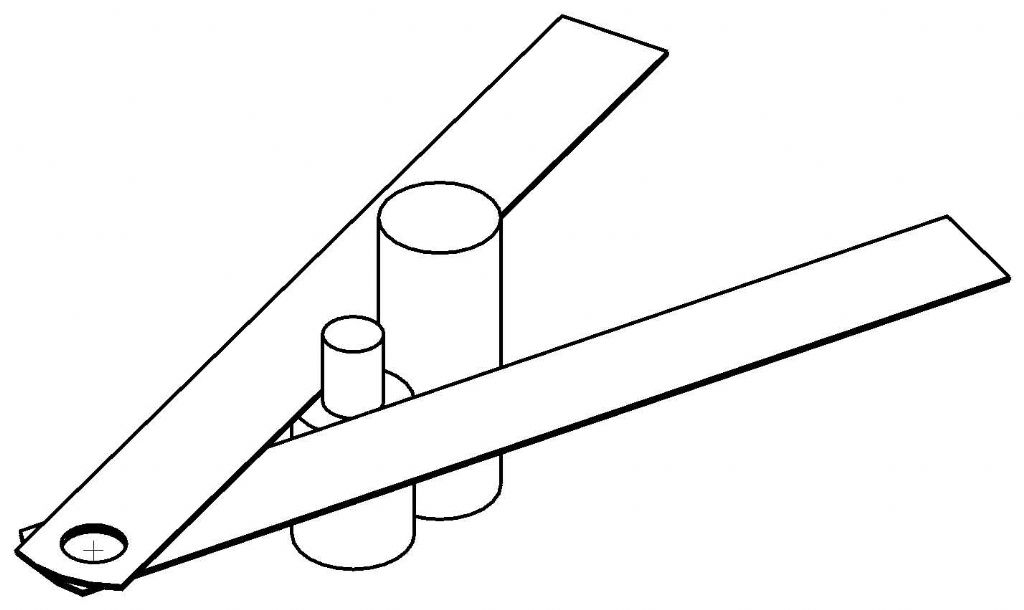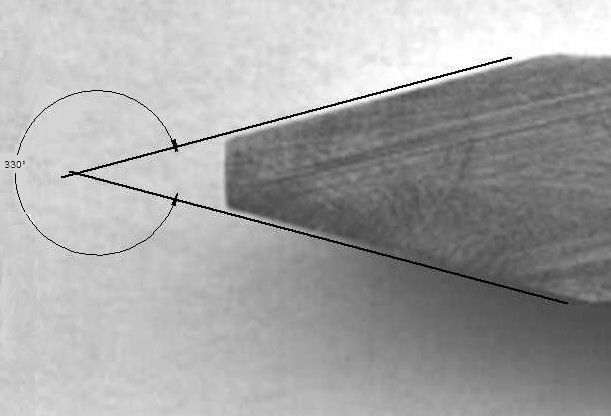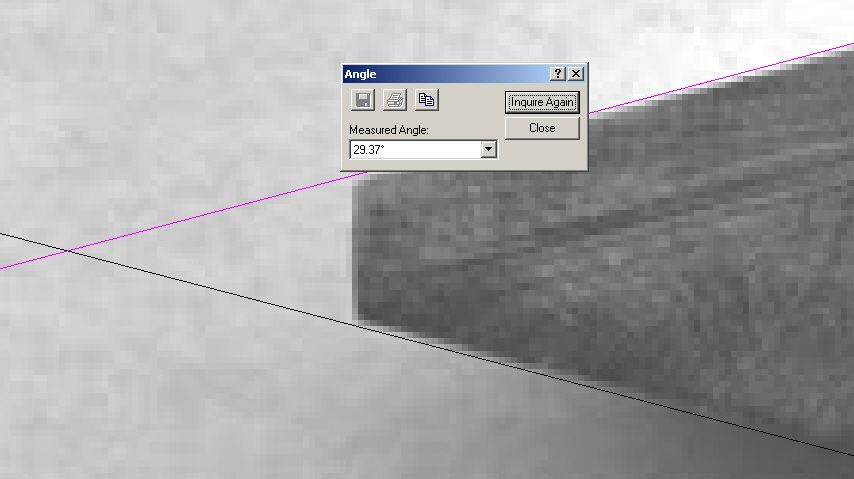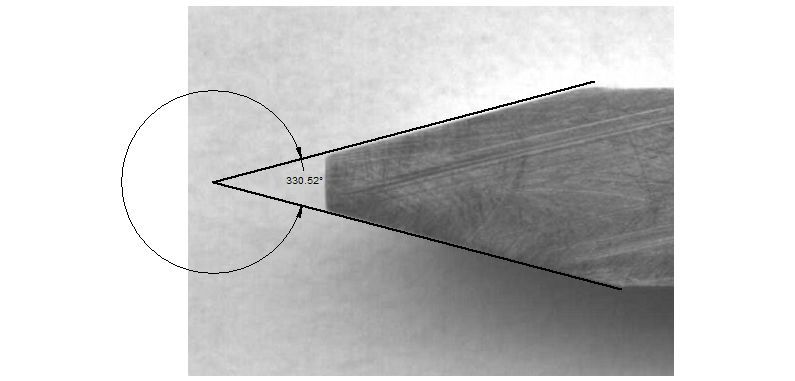Errors in scanning and photos/printing. I had a think about this one because it worried me slightly – things didn’t gell, and there was a gap in the logic.
If you simply scan an image, and then print it, you get a like for like transfromation of the pixels. The aspect ratio doesn’t alter. If there was distortion then it would show in the finished print.It would look odd. So the process is, of itself a simple translation and is inherently accurate. (Lets not get involved in the finer detail of digital capture). We know that must be true if the picture is printed 1:1 at say 300 DPI. You are using all your pixels, and each pixel has a position as part of its definition and its size is fixed by the magnification
So where can errors come in.
The common one is that the screen resolution is incorrectly set, so aspect ratio is altered. However that won’t affect the print – unless one does something to the print on screen to alter an error, and the printer will do what it’s told to do and give a “false” distortion. So unless oyu are sure your screen is distortion free and properly set you can’t trust it (unless you have ahigh end photo screen and if one does, you don’t need to be bothering with this!)
The next possibilty is in the scanner. Scanners are generally designed to scan flat objects. The distance fom scanner head to object is usually very short so any error in placing/parallelism of the object represents a large % of distance and hence quite a lot of distortion can, not necessarily will of course, creep in. But , as has been suggested, if you can get the object flat (or the bit of it that one is interested in) then it will be distortion free, so long as the scanner drive belt is is good nick and hasn’t stretched.
You are actually better off taking a photo, especially if you have a close focussing lens. BUT, the back of the camera has to be parallel to the plane, in both axes, or distortion WILL be introduced. (Though it is easy enough to take out in a proper photo editing suite that has a perspective/warp command, and some sort of straight edge truly at the vertical is included in the pic).)
You can get errors in the lens, but in general they will be small, and largely disappear if the lens is stopped down, and the object pretty central in the frame.
So on reflection I reckon the easiest way to get this angle is to take a (macro) photo, set the camera and object up properly with spirit levels as is normal practise for this kind of thing, enlarge as much as possible, and then use trig. Done properly thats the least errors for most magnification.
Edited By mgj on 02/04/2011 00:35:21
Terryd.












